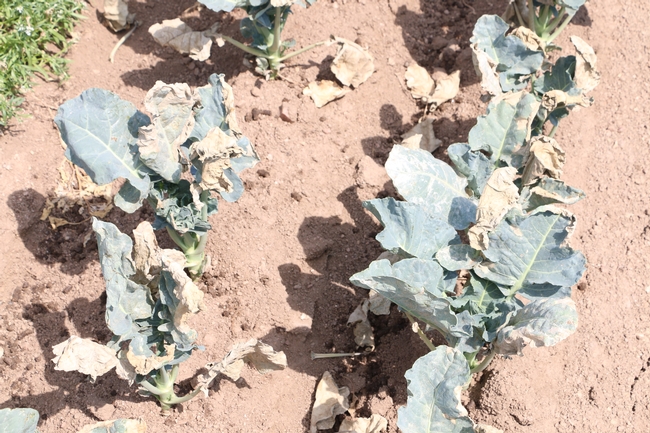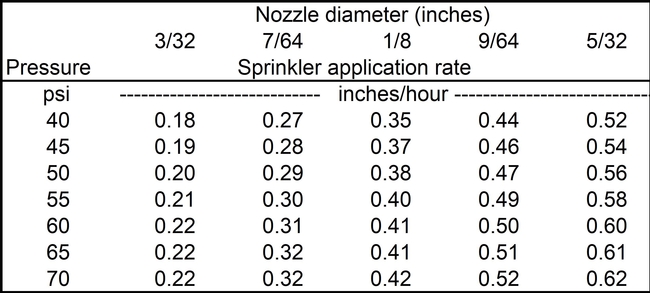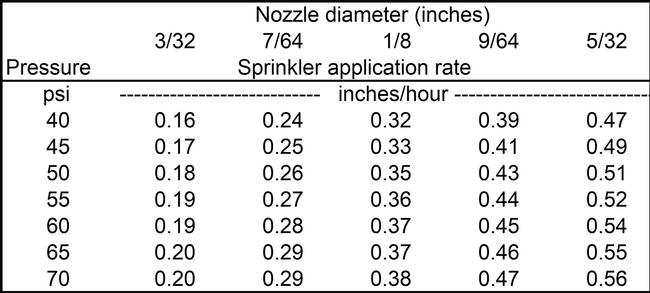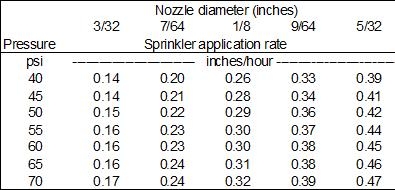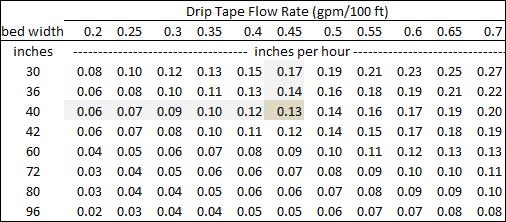Currently, we are experiencing a prolonged heatwave on the central coast. Heatwaves have become a recurring phenomenon in recent years, especially in late summer. With thousands of acres of cool season vegetables in the ground, irrigation will be critical for keeping crops cool and for supplying enough moisture to meet their water needs.
Crops can be kept cool by maximizing evapotranspiration (ET). As liquid water vaporizes heat is lost from the surfaces of leaves and soil and from the surrounding air, which cools the temperature of the crop. Under water stress leaf stomates close during the hottest period of the day (11 am to 4 pm) and the temperature of the plant tissue can rise above the temperature of the surrounding air. If the temperature becomes too great leaves and other plant parts may become scorched (Figure 1).
Figure 1. Heat damage in broccoli
Since most ranches have a limited number of wells and personnel to irrigate, it is challenging to assure that each field has adequate soil moisture to prevent plants from overheating. A good strategy is to irrigate just enough to refill the soil profile to the rooting depth of the crop.
To prioritize which fields to irrigate one should consider the water holding capacity and existing level of moisture of the soil, as well as rooting depth and developmental stage of the crop. For example, a lettuce crop near maturity with a high ET demand, growing on a sandy textured soil that feels dry, should probably be irrigated soon. A young lettuce crop with a low ET demand, growing on silt loam soil that still feels moist, likely can be irrigated later without suffering heat damage.
Another consideration for prioritizing which fields to irrigate are recent field operations. A recently transplanted vegetable field may need to be irrigated first but may not need a long irrigation to re-saturate the soil around the roots. A crop that was recently cultivated may have pruned roots, and therefore may need water soon to prevent wilting under these hot conditions.
Table 1 estimates how much moisture is available to a vegetable crop between saturation and moderately dry or dry conditions for different soil textures. This table can be a guide for how much water should be applied to re-saturate the soil. For example, applying 0.42 inches per foot of rooting depth will bring a moderately dry silty clay soil back to saturation. Applying more than this amount of water will likely over-saturate the root zone.
Table 1. Estimated plant-available moisture for different textured soils.
Also, estimating the cumulative crop ET since the last irrigation can guide how long to irrigate. Reference ET values between south Salinas and Soledad during this hot spell have been as high as 0.27 inches per day. If the crop has a full canopy, 0.25 to 0.3 inches for each day since the last irrigation would be a good rule of thumb for how much water to apply as long as the total does not exceed the water holding capacity of the soil.
Lastly, one needs to convert the amount of water to apply to an irrigation run-time. To make this calculation one needs to know the application rate of the irrigation system. For impact sprinklers, the application rate can be estimated using Tables 2-4. Note that pressure and nozzle size have a significant effect on application rate. For drip, the irrigation time will depend on the tape discharge rate and pressure, as well as the spacing of drip lines. Assuming that the drip system is operated at the pressure recommended by the manufacturer (usually 8 to 10 psi) one can use Table 5 to approximate the application rate. For example, for one drip line of medium flow tape (0.45 gpm/100 ft) on 40- inch wide beds the application rate of the drip system is 0.13 inches per hour. If there are several drip lines per bed then multiply the application rate in the table by the number of drip lines.
The appropriate run-time can be estimated by dividing the amount of water to apply by the application rate of the irrigation system. For example, to apply 0.6 inches of water to a field with drip using medium flow tape the water would need to run for 4.6 hours:
Hours to operate the irrigation system = 0.6 inches of water/0.13 inches per hour = 4.6 hours
Summary
Irrigating the right amount of time to bring the soil back to saturation will maximize crop ET during these hot days, and hopefully prevent any heat damage to crops. Also, consider visiting the CropManage website (cropmanage.ucanr.edu) for further guidance on scheduling irrigations. This online tool can assist growers in quickly estimating how much water to apply to meet crop water needs.
Table 2. Sprinkler application rate for varying pressures and nozzle diameters for a solid set spacing of 30 × 30 feet (Rainbird 20JH).
Table 3. Sprinkler application rate for varying pressures and nozzle diameters for a solid set spacing of 30 × 33.3 feet (Rainbird 20JH).
Table 4. Sprinkler application rate for varying pressures and nozzle diameters for a solid set spacing of 30 × 40 feet (Rainbird 20JH).
Table 5. Drip application rates for varying bed widths and tape flow rates estimated for 1 drip line per bed. Multiply the rate in the table by the number of drip lines per bed to determine the actual application rate. (For 3 drip lines on an 80-inch bed multiply by 3)
